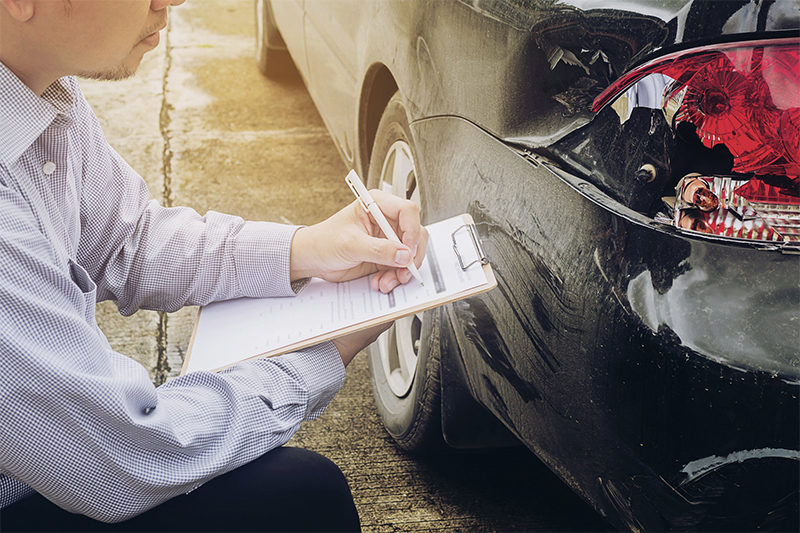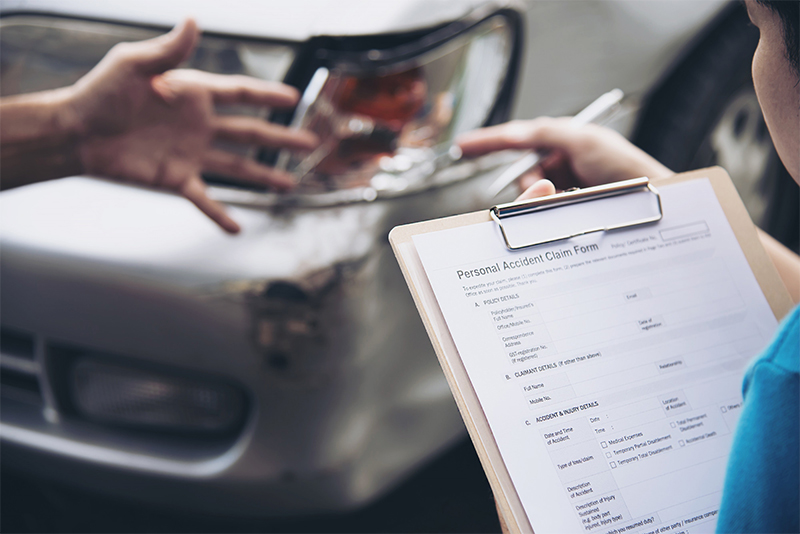If you have been injured in a motor vehicle accident, you may be curious about how insurance companies handle the settlement of auto claims.
What is a Car Accident Settlement?
A car accident settlement is a mutual agreement between the victim and the insurance company of the responsible party involved in the accident. The settlement eliminates the necessity for the parties involved to go through a trial, resulting in time and cost savings for everyone. A car accident settlement typically involves a single payment. The settlement should include a provision for an agreement.
The insurer and the covered driver are released from any further liability related to the accident.
Both parties agree to release any future claims or lawsuits against each other.
By waiving your rights, you are choosing not to take legal action against the insurance company or its client for additional compensation.

The settlement process can vary in duration, ranging from a few months to several years. The timeline is influenced by various factors.
According to the Insurance Information Institute, the average car accident settlement for claims with bodily injury was $22,734 in 2022. This was much higher than the national average in 2021, which was $19,691.
How Do Car Accident Settlements Work in Oregon?
A settlement is reached when both parties agree that the defendant will pay a specified amount in exchange for the plaintiff dismissing the lawsuit. After reaching a settlement, the two sides do not proceed to trial. The payment may be made by an insurance company or an individual defendant.
Insurance companies may offer a settlement amount based on their assessment of the accident and your damages. Carefully review any settlement offers and, if necessary, seek legal advice from a competent personal injury attorney. An experienced Portland lawyer can help negotiate a fair settlement that covers all your damages.
Insurance Companies Investigate Auto Claims
The investigation process begins with the insurance adjuster assigned to your claim. They will review the information you provided about the accident and collect additional evidence, such as the police report, witness statements, and any photos or videos from the scene.
The adjuster may also reach out to the other parties involved in the accident to obtain their version of the events.
One of the main objectives of the investigation is to determine who is at fault for the accident. Insurance companies use a variety of factors and guidelines to establish fault, including traffic laws, the actions of each driver, and any available evidence.
Sometimes, determining fault can be straightforward, especially if one driver violated a traffic law or was clearly negligent. However, in more complex cases, where multiple parties may share some responsibility, fault can be more challenging to determine.
The insurance adjuster will also assess the damages incurred in the accident. This includes reviewing medical bills, property damage estimates, and any other related expenses.
They will consider the extent of the injuries, the necessary medical treatment, the cost of repairing or replacing damaged property, and any other applicable damages.
Insurance companies may also consult with medical professionals or specialists to evaluate the severity and validity of the injuries claimed. This is done to ensure that the medical treatment sought is reasonable and necessary.
Insurance companies have a vested interest in reducing the amount they have to pay out in claims. As a result, their investigation may lean towards minimizing your damages or finding ways to attribute some fault to you.
Be diligent in gathering and preserving all evidence related to the accident, including medical records, receipts, and any other supporting documents.

Insurance Companies Review the Policy
During the policy review, the insurance adjuster will carefully examine the terms and conditions of your policy to understand the scope of coverage. They will assess the specific coverage you have, such as liability coverage, collision coverage, and comprehensive coverage. They will also look at the limits of each coverage and any deductibles that may apply.
Reviewing your policy allows the insurance company to determine the extent to which they are responsible for covering your expenses and losses.
If you were the at-fault driver for the accident, your liability coverage would come into play to pay for damages to the other party. If the accident was caused by an uninsured or underinsured driver, your uninsured/underinsured motorist coverage could kick in to provide compensation.
In 2019, 12.6 percent of motorists, or about one in eight drivers, were uninsured, according to a 2021 study by the Insurance Research Council (IRC). [1]
The insurance adjuster will also review any exclusions or limitations outlined in your policy. These exclusions may restrict coverage in certain situations, such as accidents caused while driving under the influence or while participating in illegal activities.
How Do You Calculate Settlement Amount For an Auto Claim?
To determine a potential settlement value, they first combine the total of medical expenses to date, projected future medical expenses, lost wages to date, and projected future lost income. The resulting sum is then multiplied by the pain and suffering multiplier value to produce a projected settlement amount.
The multiplier method is an equation frequently used by insurance companies and is a common way to calculate pain and suffering damages. You add up all special damages and multiply the result by a number between 1.5 and 5.

Offer a Settlement
The settlement offer will typically include the cost of repairs for your vehicle, reimbursement for any medical expenses you have incurred, compensation for any lost wages or income, and potentially additional compensation for pain and suffering or other non-economic damages.
Carefully evaluate the settlement offer and consider whether it adequately covers all your expenses and losses. Insurance companies may initially offer a low settlement amount in the hopes that you will accept it without question.
The average car accident settlement in Oregon is $33,996 for moderate injuries. The range of compensation varies from $5,971 for minor injuries to $373,940 for severe injuries. According to a jury verdict research study, the average jury verdict for motor vehicle accident cases in Oregon is $36,721.
The percentage of car and motor vehicle accident plaintiffs receiving money damages is significantly higher than the national average. A settlement offer is intended to cover all expenses related to injuries, including:
The settlement amount may vary depending on the circumstances of your accidents.
Average Oregon Car Accident Settlement Amounts
Moderate Injury
$33,996
Severe Injury
$373,940
Rear-End Collisions
$1,847 – $400,000
Have you been in an auto accident in Oregon and need a lawyer to help you obtain a fair settlement?
Contact Goldberg & Loren, a Portland auto accident lawyer, today to schedule a free consultation.
Source:
[1] Facts + Statistics: Uninsured motorists | III. (n.d.). https://www.iii.org/fact-statistic/facts-statistics-uninsured-motorists

